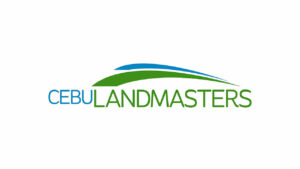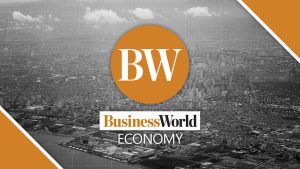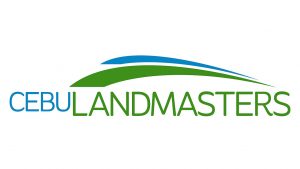Banks keep strict lending standards in Q3

PHILIPPINE BANKS continued to impose tighter credit standards in the third quarter and expect to keep these for businesses and ease those for consumers in the coming months, a Bangko Sentral ng Pilipinas (BSP) survey showed.
The BSP’s latest Senior Bank Loan Officers’ Survey (SLOS) published late on Friday showed most respondent banks maintained their lending standards for both enterprises and households based on the modal approach.
However, based on the diffusion index, the study showed there was a net tightening of credit standards imposed for businesses, but lending standards were unchanged for households in the July-to-September period.
“The net tightening of credit standards for business loans in the third quarter of 2023 is reflected in the reduced size of credit lines, stricter collateral requirements and loan covenants, and more use of interest rate floors,” the central bank said.
The net tightening of lending standards for firms was also driven by lower risk tolerance, deterioration in the profitability of banks’ portfolios, and decline in the quality of borrowers’ profiles, the BSP said.
Meanwhile, lending standards for households were unchanged in the third quarter amid banks’ steady economic outlook, sustained profitability of portfolios, unchanged risk tolerance, and steady profile of borrowers.
The SLOS is a quarterly survey conducted by the BSP to gather qualitative information on lending conditions and demand from businesses and consumers. It aims to boost the central bank’s understanding of lending behavior, which is an important indicator of credit activity in the country.
By using the modal approach, the results of the survey are analyzed by looking at the option with the highest share of responses. The three options for the modal approach are either tightening, easing, or unchanged credit standards for loans to enterprises and for loans to households.
On the other hand, in the diffusion index (DI) approach, a positive DI for credit standards indicates that the number of banks that have tightened their credit standards exceeds those that eased (net tightening).
A negative DI indicates that more banks have eased their lending standards compared with those that tightened (net easing). Meanwhile, an unchanged credit standard indicates that the number of banks that have tightened is equal to those that eased their credit standards.
For the last three months of the year, the DI approach showed lenders are likely to implement stricter loan standards for businesses amid expectations of a deterioration in borrowers’ profiles and decline in the profitability of banks’ portfolios along with banks’ reduced tolerance for risk.
Meanwhile, bank respondents expect to relax lending standards for households on the back of better borrowers’ profiles and improvement in profitability.
Loan demand is also seen to grow in the fourth quarter, based on the DI approach, the survey showed.
Increased borrowings from businesses is likely amid the improved economic outlook of clients, and higher inventory and accounts receivable financing needs, the survey showed.
Meanwhile, an increase in loan demand from retail borrowers is expected to be driven by higher consumption, limited sources of funds, and more attractive financing terms offered by banks.
For the third-quarter round of the SLOS, the BSP sent questions to 62 banks, but only 48 lenders were able to respond to the survey. This is equivalent to a response rate of 77.4%. Information was gathered from Sept. 4 to Oct. 13. — Keisha B. Ta-asan




